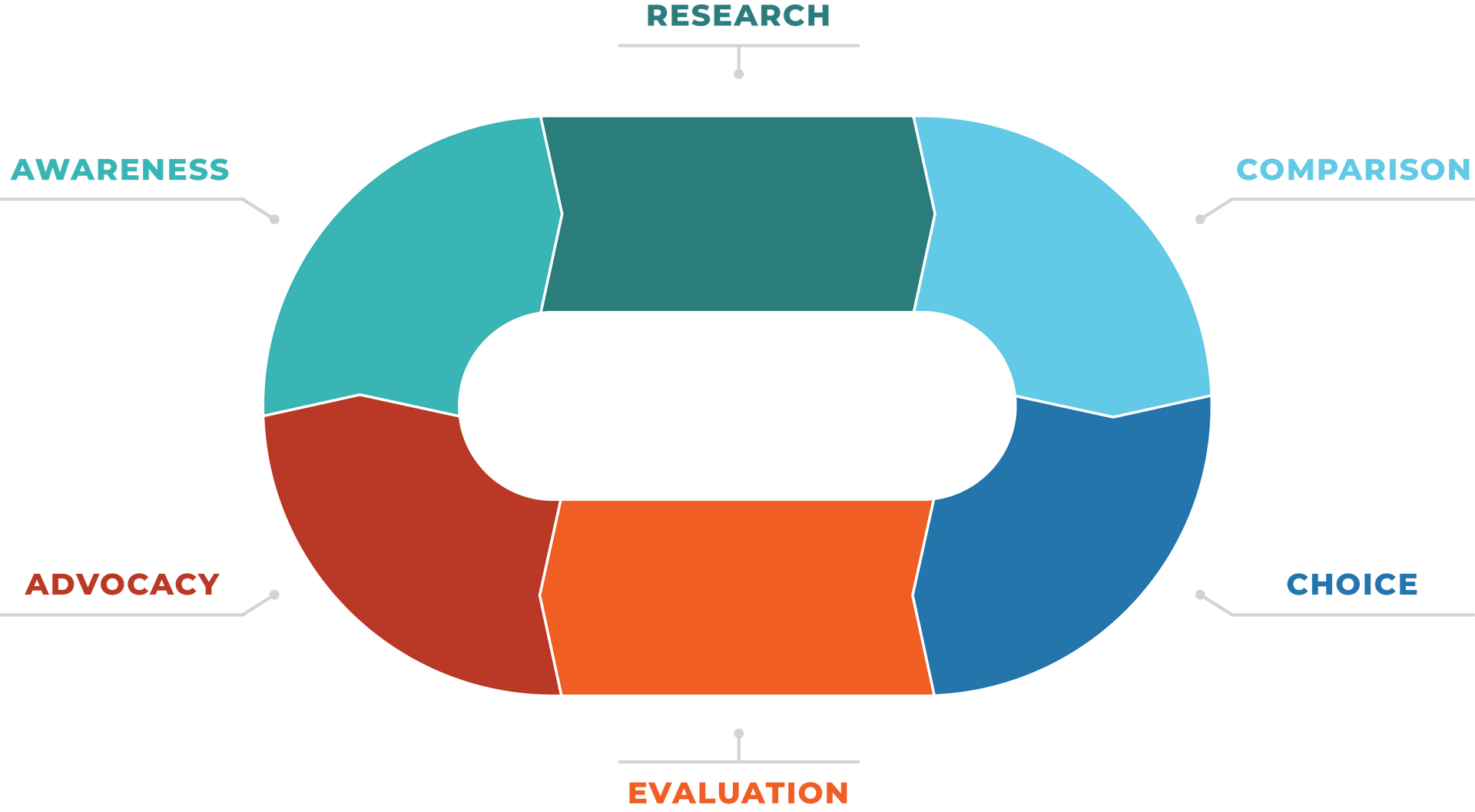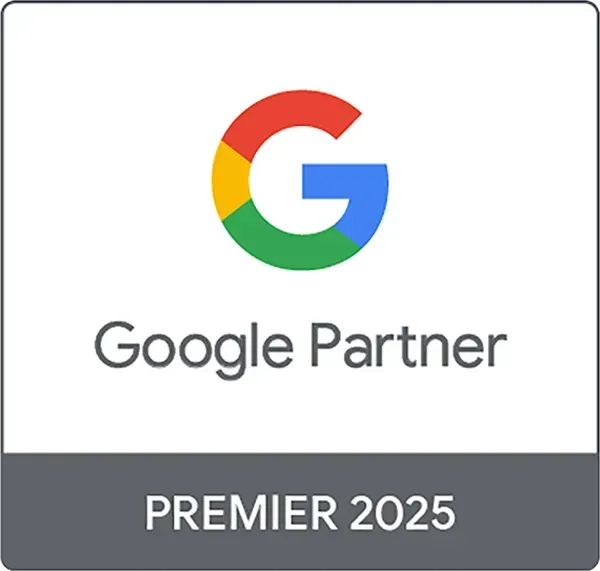Businesses often obsess over generating new leads, pouring time and resources into the beginning stages of the sales journey. While lead generation is essential, many companies overlook the most valuable asset they already have: their current customers.
This blog explores why customer retention in marketing is equally vital as lead generation and how businesses can unlock sustainable growth by investing in the post-sale journey.
In this article by Dayta, you’ll learn:
- Why businesses focus too heavily on lead generation
- The value of current customers
- What causes customer churn
- The real costs of customer churn
- How to reimagine the buyer journey
- How to foster loyalty and reduce churn
Why Do Businesses Focus Too Heavily on Lead Generation?
Traditional marketing strategies often prioritize the top and mid-funnel stages of the sales funnel. These areas are easier to quantify, track, and celebrate. New leads look like growth. However, acquiring customers is only half the story. Focusing solely on new business neglects the deeper opportunity waiting at the bottom of the funnel.
What Is the Value of Current Customers, and Why Is Retention Important?
Your current customers have already said yes. They know your brand and your product. That trust is a springboard for growth. Retention marketing is what keeps these customer relationships active and engaged. It builds customer loyalty, increases lifetime value, and reduces the need to rely solely on acquisition. Here’s why your current customer base is your biggest asset:
- Free marketing power – Happy customers generate referrals and positive word of mouth.
- Faster conversion – Upselling and cross-selling typically require less effort. According to Forbes, existing customers are 50% more likely to try new products or services.
- Valuable feedback – They provide insights that enhance your product and overall experience.
- Predictable revenue – Retained customers provide stable, recurring income.
What Causes Customer Churn?
Churn occurs when the customer experience fails to meet the expectations set during the marketing and sales journey. When the promised value is not delivered or is misunderstood, customers begin to disengage. This disconnect can erode trust, reduce satisfaction, and ultimately lead them to walk away. Here are some common factors that contribute to churn:
- Expectations vs. reality – Are you delivering what you said you would?
- Product experience – Are customers getting what they expect regarding your onboarding support and customer service philosophy?
- Support gaps – Are users equipped to succeed?
What Are the Real Costs of Customer Churn?
Churn does not just mean losing a customer. It represents a deeper ripple effect across your business. When a customer leaves, it is often a signal of missed expectations, unmet needs, or a gap in your engagement strategy. This loss results in lower revenue, missed referrals, a damaged brand reputation, and slower growth. Over time, attrition makes it increasingly difficult to establish credibility, sustain customer trust, and scale operations. And beyond these consequences, the financial burden is steep.
It costs five to seven times more to acquire a new customer than to retain an existing one. Churn is not just an event. It is a clear signal that your customer experience needs immediate attention.
Reimagining the Buyer Journey: What Is the Dayta Loop, and How Does It Close the Funnel?
Most sales funnels end at the choice stage, treating the moment of purchase as the finish line. In reality, the journey continues beyond the transaction. What happens after a customer makes a purchase is just as critical as what leads them to that point. Ignoring this phase means missing the opportunity to build lasting relationships, drive loyalty, and turn customers into advocates. The post-sale experience should include:
- Evaluation. This is the stage at which customers assess whether you delivered on the promises made in your awareness and consideration stage initiatives.
- Advocacy. Loyalty grows when customers in the evaluation stage are satisfied with the experience of the product or service. Customers in this stage are your biggest asset; become champions of your brand.
At Dayta, we’ve developed the Dayta Loop, a closed-loop model that shows how customer advocacy naturally reactivates the top of the funnel. When satisfied customers share their experiences and refer others, they become an extension of your marketing engine. The buyer's journey is not a one-way path. It is a continuous cycle that moves from awareness to advocacy and back again.

How Do You Foster Loyalty (and Reduce Churn)?
Customers are constantly evaluating. They want to know: Is this worth it? Every interaction after the purchase is part of that evaluation. Adding value after the purchase helps customers feel supported, see results, and instills confidence in the decision they made to choose your brand. To build loyalty:
- Shift your mindset. Loyalty must be earned. Recognize that trust and repeat engagement do not happen automatically.
- Map content to the evaluation and advocacy stages. Tailor messaging to support customers as they assess and recommend your brand.
- Reinforce value consistently. Highlight wins and remind customers of the impact your product or service delivers.
- Use data to anticipate needs. Let behavior and usage trends guide how and when you engage.
- Collaborate across teams to deliver a seamless experience. Ensure marketing, customer success, and support are aligned to serve the whole journey.
Master Customer Retention in Marketing with Dayta!
Customer retention in marketing is not a secondary tactic; it is a growth strategy rooted in long-term value. Throughout this blog, we explored how retaining customers can be more cost-effective than acquiring new ones, how post-sale engagement drives advocacy, and why loyalty is something that must be nurtured with intention. Your current customers are your most reliable source of future business. Treat them accordingly, and you will build lasting, sustainable growth.
For more actionable insights and a deeper dive into retention strategy, watch our
Marketing for Retention webinar today!
Share This Post





